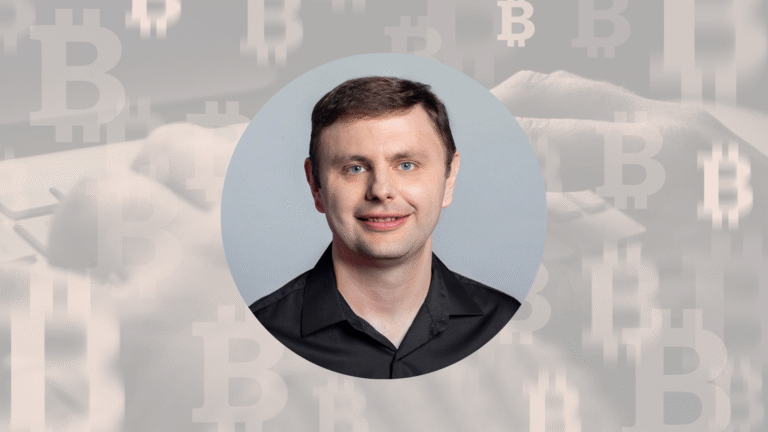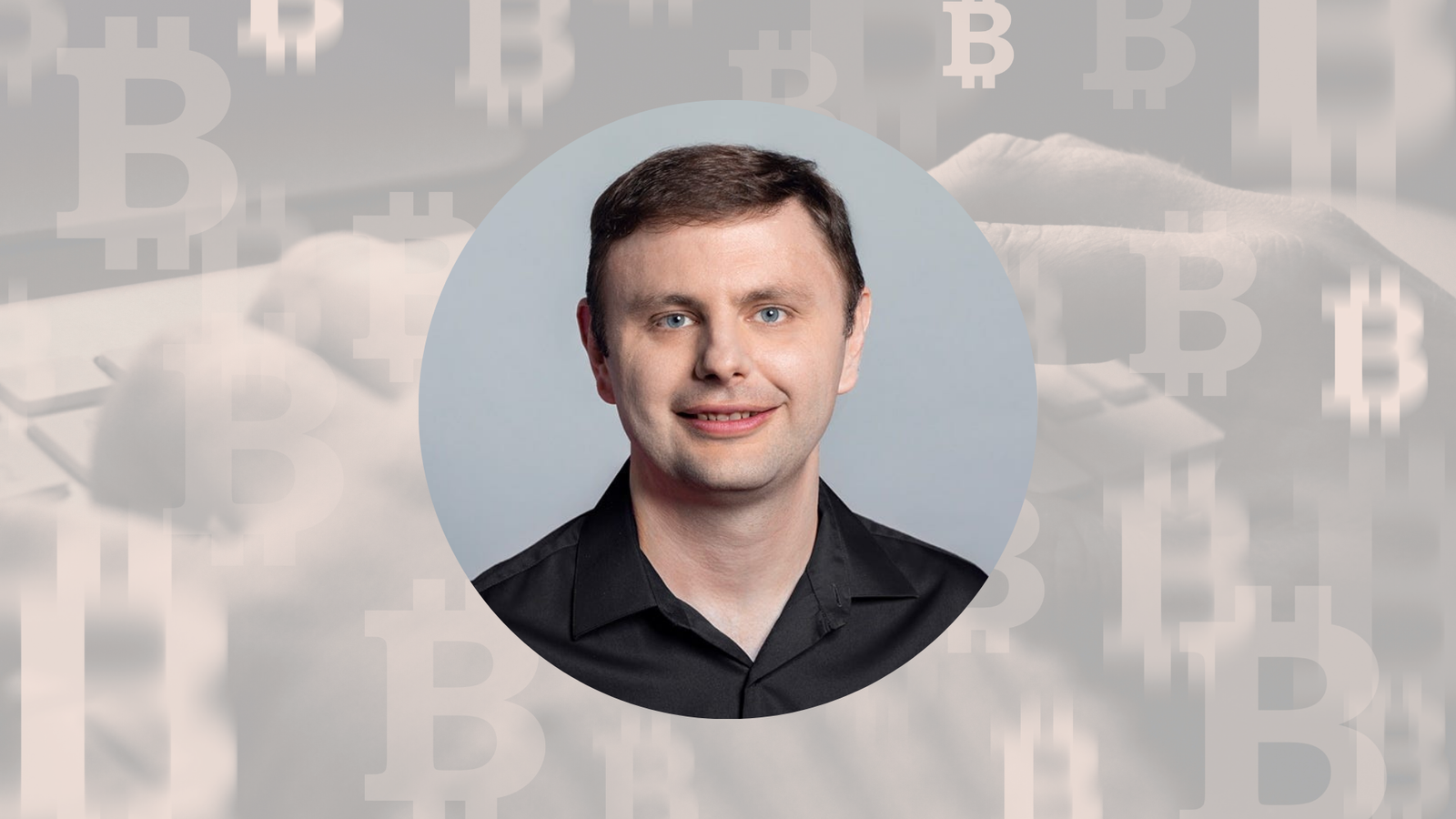Dan Larimer is a crypto entrepreneur and software engineer whose ideas have made a big impact on DeFi and blockchain technology. He is best known for creating BitShares, Steemit, and EOS, as well as introducing DPoS and Graphene to make faster and more scalable blockchains. While working as Block.one’s CTO, Larimer oversaw the $4 billion EOS Initial Coin Offering, one of the biggest in the industry. In 2025, his wealth, assessed at $600 million to $800 million, shows the value of his shares in these projects and his Bitcoin purchases in the past. Larimer’s interest in voluntary and open systems stems from his libertarian ideas. In this article, we cover his achievements in crypto, his current net worth, the footprint he left on EOS, and his visions for the future of blockchain.
Crypto Journey and Innovations
Larimer first got involved with crypto in 2009, after learning about Bitcoin and appreciating its decentralized capabilities, per CoinCentral. He created BitShares together with Charles Hoskinson in 2013 and rolled out a decentralized exchange as well as the DPoS algorithm that improves speed by choosing reliable nodes for validations, according to CryptoSlate. Thanks to Graphene, an open-source C++ blockchain framework Larimer developed, BitShares, previously known as ProtoShares, managed over 100,000 transactions per second, CoinCentral says. In 2015, he and his father Stan set up Cryptonomex Inc., a consulting firm for blockchain that improved both BitShares and Steemit, as BitcoinWiki reports.
In 2016, Larimer and Ned Scott started Steemit, creating the first social media site powered by blockchain that let users earn STEEM for their posts, according to 101Blockchains. The frequent 7–8 million monthly Steemit visitors, as reported by CryptoEmotions in 2017, proved blockchain’s usefulness for social media. Larimer left Steemit as its CTO in March 2017 in order to concentrate on EOS, a fast blockchain for building dApps, CryptoSlate said. During his time as Block.one’s CTO from 2017 to 2021, he was in charge of EOS.IO, which garnered $4 billion in a ICO lasting 12 months from June 2017, as CoinDesk states. EOS was intended as an ‘Ethereum killer’ and supported both zero transaction charges and processing of millions of transactions per second, according to BitcoinWiki.
Larimer left Block.one in January 2021, saying he wanted to concentrate on technologies that resist censorship, as reported by CoinDesk. He joined again in 2022 and helped carry out the “Mandel” hard fork, which gave the EOS Network Foundation control over the codebase, according to CoinDesk. His work on ClarionOS and the Fractally DAO, both paid for with 200,000 EOS tokens, was aimed at making blockchain governance better, per iWealthyFox. A 2025 X post from @EOSIsDown gave credit to his DPoS work and his involvement with EdenOS, per @EOSIsDown, according to @EOSIsDown.
Net Worth and Financial Impact
Forbes and CryptoEmotions put his net worth at $600 million to $800 million in 2025, which is less than his reported $600 million to $1 billion in 2018, per Forbes. The main sources of his wealth are Bitcoin purchases at 5 cents apiece in 2009, worth $4 million in 2018, and the investments he holds in BitShares, Steemit, and EOS, according to AP News. While at Block.one as CTO, he probably owned a large amount of EOS tokens, with the $4 billion ICO helping to raise his net worth, per iWealthyFox. His work with Cryptonomex Inc. as a consultant, along with co-founding Fractally DAO in 2022, add to his earnings, as BusinessABC reports.
His holdings were hurt by the 2022 crypto collapse, especially EOS, which fell by 30% soon after his 2021 exit from Block.one, as reported by FinanceMagnates. The rise of EOS to be the 17th-largest blockchain by market cap in 2025, according to CoinBureau, combined with his investments in STEEM and BTS tokens, helped Larimer keep his fortune steady, according to HackerNoon. Larimer keeps his net worth secret, saying it’s for privacy, which goes with his want to stay out of the spotlight, per Forbes.
| Asset |
Holding |
Estimated Value (USD, 2025) |
| Bitcoin Holdings |
Early 2009 purchases |
$50M–$100M (est.) |
| EOS Tokens |
Block.one CTO allocation |
$300M–$400M (est.) |
| BitShares (BTS) |
Founder stake |
$100M–$150M (est.) |
| Steemit (STEEM) |
Co-founder stake |
$50M–$100M (est.) |
| Cryptonomex/Fractally |
Equity, consulting |
$50M–$100M (est.) |
Crypto Portfolio and Vision
AP News says that Larimer’s investments primarily include EOS, STEEM, and BTS, as well as Bitcoin he mined in 2009. His financial backing is consistent with his emphasis on big, decentralized systems and his stay clear of possible altcoin speculation, according to CoinBureau. In 2022, Larimer launched Fractally DAO on EOS with a main focus on democratizing governance decisions, which iWealthyFox reports. Per CryptoSlate, Larimer’s hosting of a Virginia Tech seminar in 2018 and a blockchain boot camp in 2019, both funded by Block.one’s $3 million donation, showed his commitment to education.
His goal, driven by libertarian thoughts, is to get rid of mandatory systems and use reputation instead, according to 101Blockchains. In 2015, Larimer wrote a blog about Austrian economics, which was debated by Vitalik Buterin, confirming his commitment to free market solutions, per IQ.wiki. His Voice.com 2021 post highlighted the need for resisting censorship, according to CoinDesk. The work he started on ClarionOS and EdenOS in 2025 is meant to improve DAO governance, says U.Today. Based on what HackerNoon reports, Larimer forecasts that by 2030, blockchain technologies will take over financial and social systems because of the efficiency of DPoS, allowing for scalable DeFi.
Influence and Controversies
He has more than 50,000 followers on X and was included in the 2018 Forbes ‘Richest in Crypto’ list, so Forbes calls him a blockchain titan, per Forbes. Both Lisk and Ark make use of his DPoS and Graphene innovations, BitcoinWiki says. The HackerNoon profile published in 2017 gave credit to his work on Steemit and EOS, according to HackerNoon. At the same time, stepping away from BitShares, Steemit, and Block.one has earned him criticism. CryptoSlate writes that a 2021 X post called his EOS departure a “flop,” and CoinBureau mentioned Tone Veys’ claims of insider token manipulation. Onooks reports that EOS’s reliance on centralized control was topics for debate, too.
Larimer answered by proposing greater transparency, for example, the EOS constitution written under community leadership, according to Onooks. The @CoinRivet news source said that community trust was restored after his 2022 return and the Mandel fork, per @CoinRivet. Even with all the controversies, people still think he’s ahead in technology, according to @EOSIsDown.
FAQs
Q1: How much money does Dan Larimer have in 2025?
People believe Larimer’s net worth is anywhere from $600 million to $800 million, mainly thanks to his holdings of Bitcoin, EOS, and BitShares.
Q2: What is meant by DPoS, and why does it matter?
Larimer’s DPoS is a high-throughput consensus approach used by EOS, Steemit, and a few others.
Q3: Why did Larimer leave Block.one?
He exited in 2021 so he could concentrate on censorship-resistant projects, but came back in 2022 to work on EOS upgrades.
Q4: What crypto does Larimer hold?
Most of his crypto wealth is in Bitcoin, EOS, STEEM, and BTS as he keeps an eye on his key projects.
Q5: What controversies surround Larimer?
People question his project exits and EOS’s governance system, however Larimer stresses the need for openness.
Final Thoughts
BitShares, Steemit, and EOS, created by Dan Larimer, have fundamentally changed how we view blockchain scalability and DeFi. Holding Bitcoin early and doing well with his projects led to Larimer’s $600 million to $800 million net worth. Although there are issues regarding governance and his past exits, his innovations with DPoS and Graphene keep supporting many of today’s blockchains. His legacy is shown by the $4 billion EOS ICO and the recent Mandel fork in 2022. Because Larimer believes in freedom and censorship resistance, he is focused on Fractally and ClarionOS. His work on easy-to-use, scalable blockchains will keep shaping the coming decentralized world as the technology grows.





